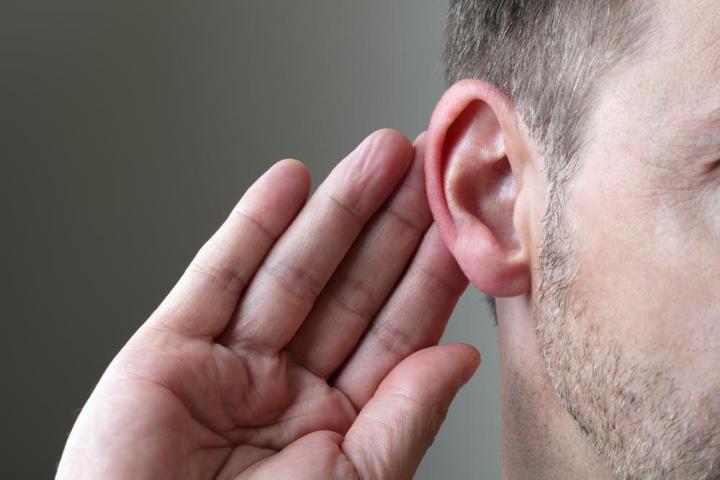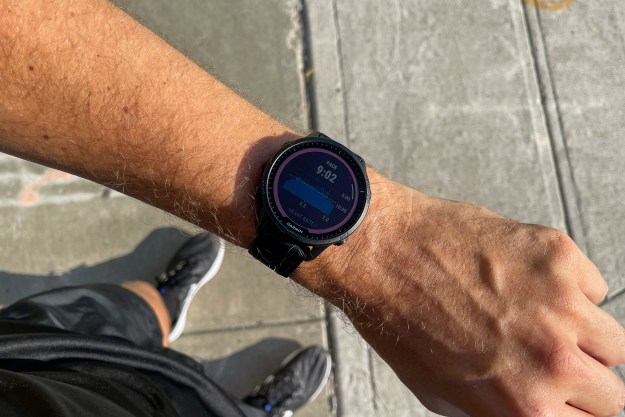
The V.E.S.T (short for Versatile Extra-Sensory Transducer) is built around the concept of sensory substitution — that is, the idea of taking one sense (in this case, hearing) and feeding it into another sense (like touch, for example). It’s designed to collect all incoming audio via your smartphone, much like a working ear would, and then translate the sounds into specific vibrations the wearer can feel on their skin.
In theory, after a wearing the vest for a few days/weeks, the wearer’s brain will acclimate to this new method of sensory input and, in effect, learn how to process sound by feeling it instead of hearing it. After all, when you get down to it, “sound” is essentially just a vibration that’s picked up by the tympanic membrane in your ear and then translated into electrical signals that your brain can understand. Therefore, it stands to reason that this vibration interpretation process could be channelled through your sense of touch to produce a similar experience.
Related: This smart earpiece gives you superhuman hearing
It’s a fairly safe bet that things you “hear” through your skin probably won’t be as detailed as the things you could hear with your ears, but if everything goes as planned, this method could prove to be a viable alternative to cochlear implants for deaf people. And here’s the kicker: when it’s all said and done, Eagleman and Novich hope to make this technology available for under $2,000 — drastically less than the cost of a cochlear implant, and also without any invasive surgery.
To help raise money for production and make this vest a reality, the duo have turned to Kickstarter, and have currently gathered about a third of their $40K funding goal. Check out their page to learn more — Engleman and Novich are much better at explaining it than we are.




